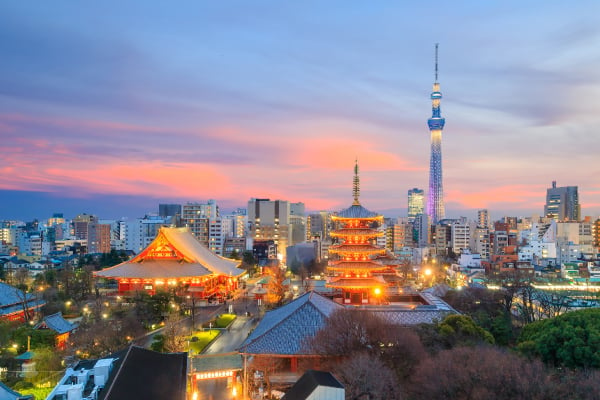International networks
Your fastest connections from Australia into Asia and beyond
Don't settle for anything less than the fastest, most reliable and direct data connections
Up to 99% of the worlds data travels via subsea cables, gain the ultimate advantage by collocating your equipment in our premium carrier-neutral data centres, providing direct access to cable landing stations for the shortest routes, and for the fastest data connections to Asia from the east and west coast of Australia and the most direct connectivity between Perth and Sydney.


JGA-S submarine cable
SC1 is the landing station for the Sunshine Coast International Broadband Network (SCIBN) Cable, which connects to the JGA-S Submarine Cable, providing the fastest data connection to Asia from Australia's east coast.
The SCIBN submarine cable connects to the 7,000km Japan Guam Australia South (JGA S) submarine cable. JGA S is a fibre optic cable consortium that includes AARNet (Australia’s Academic and Research Network), Google and RTI (global sub sea cable operator). The cable terminates in NEXTDC's data centres on the Sunshine Coast (SC1) and Sydney (S1 and S2).
Indigo submarine cable
Experience unbeatable connectivity with NEXTDC P2, Perth's premier Uptime Certified Tier IV data centre. Indigo submarine cable is a 9,200 km cable system that connects Singapore, Jakarta, Perth, Sydney and Melbourne. The cable terminates in NEXTDC's data centres in Perth (P1 and P2), Sydney (S1, S2 and S3) and Melbourne (M1).

Why landing stations are critical infrastructure for global communications
Faster data transmission
High network resilience
Global market expansion
Reduce network costs
Some frequently asked questions
What is a submarine cable?
A submarine cable is a type of cable laid on the ocean floor to carry telecommunication signals between countries.
What is a cable landing station?
A cable landing station is a building that connects a submarine cable to a terrestrial network, allowing the transmission of data between continents.
What are the benefits of colocating my mission-critical infrastructure in a data center with a submarine cable landing station??
Colocating your infrastructure in a data center with a submarine cable landing station can provide numerous benefits, including access to high-speed connectivity, multiple carriers and networks. Additionally, by colocating with other businesses in the colocation data center, you can take advantage of shared infrastructure and economies of scale, reducing your capital expenditures and operating costs.
How does colocating in a data center with a submarine cable landing station improve network performance?
Colocating in a NEXTDC data center with a submarine cable landing station can improve network performance by reducing latency and increasing reliability. By connecting directly to the submarine cable and multiple networks and carriers, you can choose the best routes for your traffic, ensuring that your data reaches its destination quickly and reliably.
What types of businesses benefit most from colocating in NEXTDC data center with a submarine cable landing stations?
Any business that requires high-speed, low-latency connectivity for their mission-critical applications can benefit from colocating in a NEXTDC data center with a submarine cable landing station. This includes cloud service providers, content delivery networks, financial services firms, and multinational corporations.















